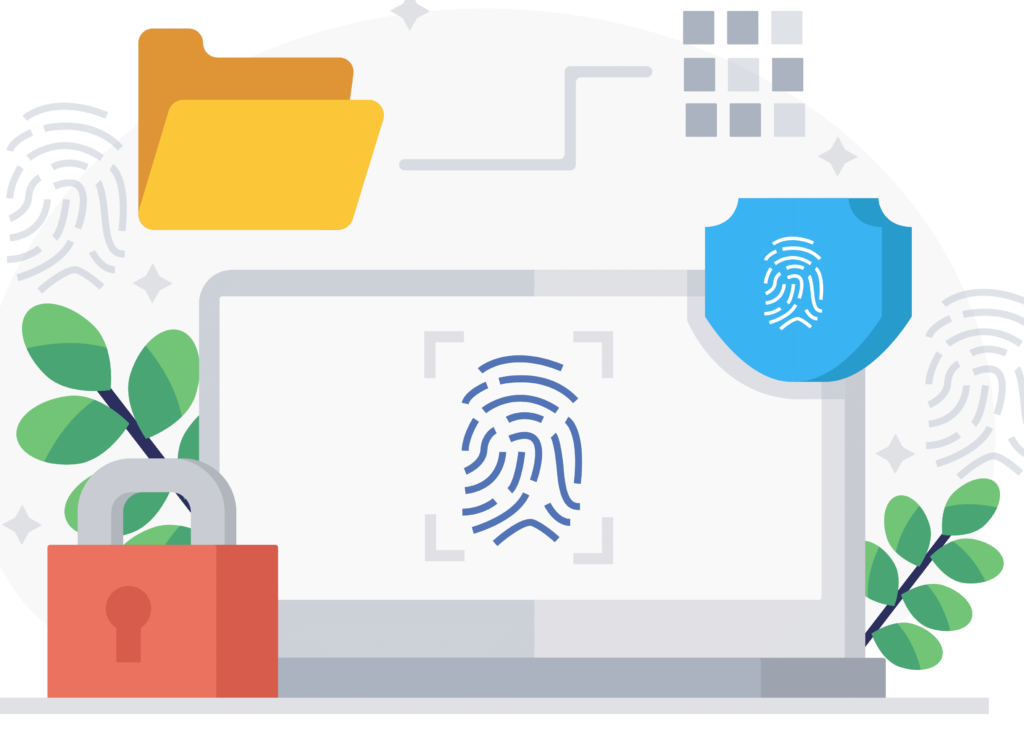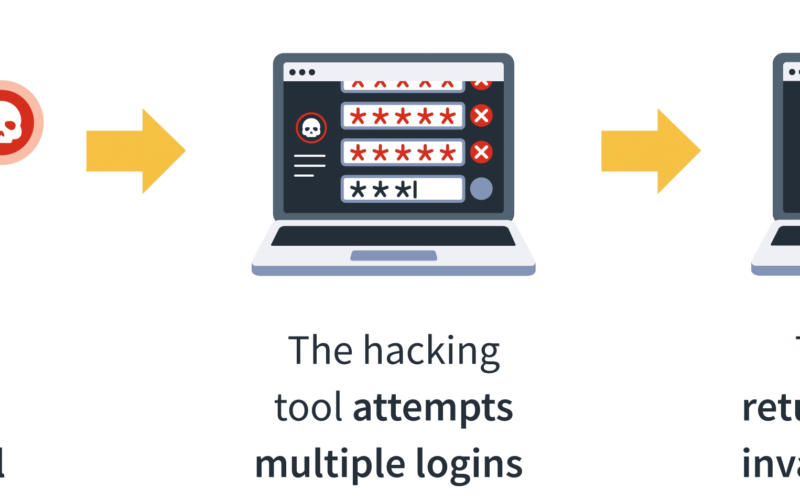
Commonly Used Password Managers
Password Manager Universal Best Practices
- Come up with a complex passphrase for your password manager. Something that you can easily remember, such as “D0es Zimbabwe J0e, smell flytrap sn0w???!!!” [this is an example only – do NOT use!]. Ideally, whatever passphrase you come up with, you can also type in quickly and accurately.
- Under NO circumstances should you use your password manager’s “master password” with any other service. Full stop – this is critical!
- Configure the password manager with two-factor authentication.
- Utilize the password manager to create unique passwords for everywhere a password is required. Never use the same password twice.
- Use the password manager to create obnoxiously complex passwords [25+ random characters, letters, numbers, special characters]. Something like “vDe;JW2~C3z=’\5[F,Ndo}t’o/Kk)y’s^JzlH}<q92@-Gy?>w{>’0MwNfT*6$.L” [this is an example only – do NOT use!]


